
Hyperparathyroidism is over activity of the parathyroid glands resulting in excess production of parathyroid hormone that controls calcium and phosphate levels. It is a condition that can be medically treated and cured by safe surgical procedure that has a very high success rate of 95%. Complications are highly uncommon but possible. The principle of surgery is to isolate and remove anomalous parathyroid glands. In some rare cases, all four of parathyroid glands need to be removed. Patients are typically hospitalized overnight, and occasionally as long as a day or two if a portion of one gland has to be transplanted into the forearm.
Risks
Risks involved with parathyroid surgery are very low. Excessive bleeding might occur in some rare cases. Normal blood loss is less than an ounce. Risk of infections is near to the ground so that antibiotics are not usually used. A small risk is based upon a possibility to injure the nerves that control vocal cords. This kind of injury may affect patient’s voice. Sporadically, hyperparathyroidism may result after surgery because of the low calcium levels. Patients should use calcium and vitamin D supplements to uphold normal levels. It should be noted that all types of surgical anesthesia involve some risk, however major side effects and complications from anesthesia are rare.
Getting ready for surgery
Patient’s pre-operative health evaluation is made once that the surgery is being scheduled: laboratory exams, chest x-ray and EKG. Patient will have to refrain from taking Aspirin or nonsteroidal anti-inflammatory agents one week before surgery. Night prior to surgery patient will not be permitted to eat or drink anything. It is important to arrive at the hospital at least two hours before surgery. During the surgery family members will be allowed to wait in the waiting area and surgeon will notify them when the surgery is accomplished.
During the surgery
Surgery normally lasts 1 to 3 hours. Patient will be put in sleep by the means of general anesthesia. Pillows are placed under patient’s neck to keep the head in the appropriate position. Surgeon will make a cut on the bottom of the patient’s neck to locate and extract anomalous parathyroid glands. After the surgery incision is stitched closed and protected with steri-stripes and dry gauze. Patient should stay in the recovery room for a couple of hours and will usually be released home the same day.
After the surgery
Patients are advised to take liquid food and use lozenges or throat spray to relieve unpleasant feeling of sore throat resulting from position of anesthesia tubes. Patient may also seek liquid pain-killers. Patient’s head will remain raised to prevent swelling. Neck may be slightly swollen for a couple of days after the procedure. An intravenous line will provide body with fluids until the following day. Calcium levels need to be checked early next day and patient may turn to solid breakfast again. Recovery takes 1 to 2 weeks. Regular intake of calcium supplements may improve the recovery process and prevent symptoms like numbness or tingling around mouth or in the fingertips to occur.
Proper Care of a Surgical Incision
Steri-strips should stay on for about a week. Patient may take regular showers while trying to keep this area as dry as possible. Infections of the incision are very rare and stitches may be removed in the medical office in about ten days after the operation. Redness or drainage from the incision may point to possible infection so that patients should contact their doctor immediately. That way the surgeon can provide antibiotics and any other treatments that are required to prevent the infection from spreading.




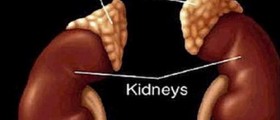




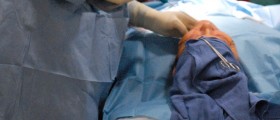
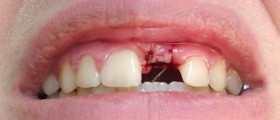


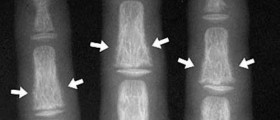


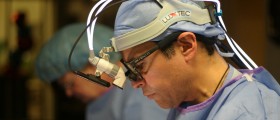
Your thoughts on this
Loading...